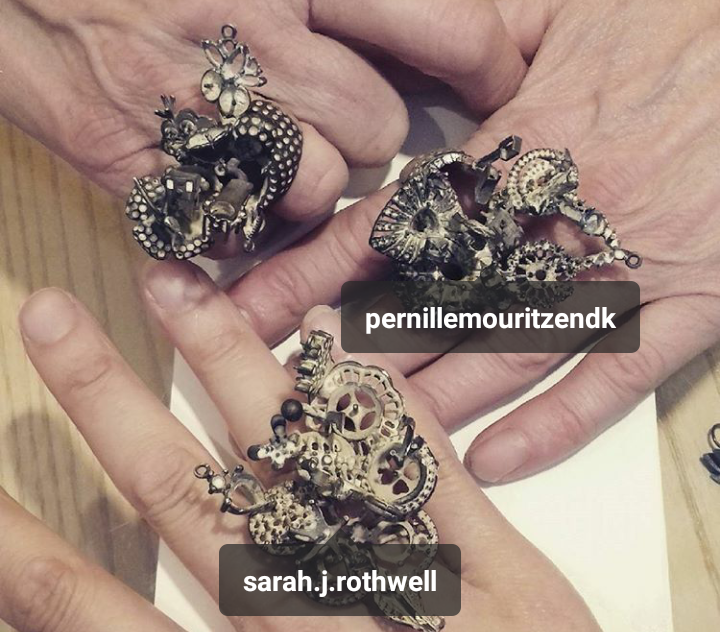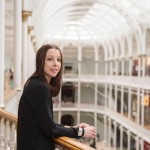Denmark was one of the pioneers of Modernist Jewellery during the post war period, with its manufacturer’s leading the way in artistic expression and dynamic collaborations with leading designers of the day. Manufacturers like Georg Jensen and Hans Hansen left a legacy that put Nordic design at the forefront of jewellery developments.
As part of the Art Fund New Collecting Award project Northern Modernist Jewellery 1945 – 1978, I have had the opportunity to engage with curators, specialists and dealers within the field of Modernist Jewellery. At the beginning of May 2017, I was able to visit Denmark to meet some of the individuals I have been discussing the wonders of Modernist jewellery with over the last 16 months.
Den gamle by, Aarhus
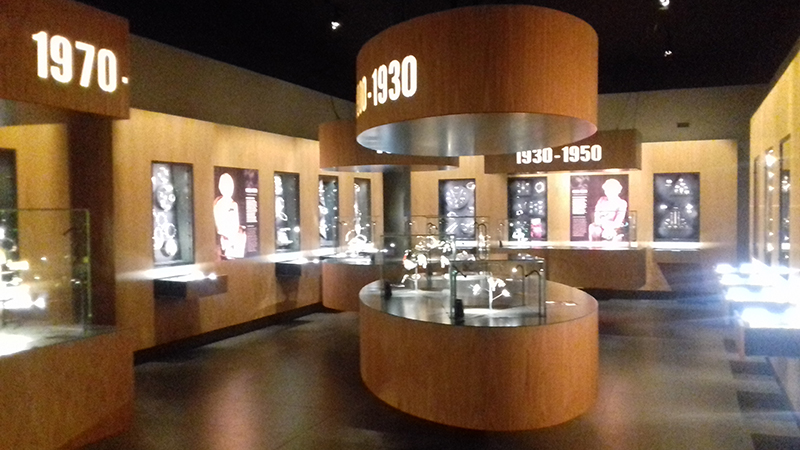
In the northern Danish town of Aarhus, the Den gamle by museum has recently become the recipient of a large collection of 20th century jewellery. Acquired by the nation of Denmark from the German collectors Marion and Jörg Schwandt; the collection (amassed over 40 years), is a fascinating insight into this couple’s love for Danish jewellery design.
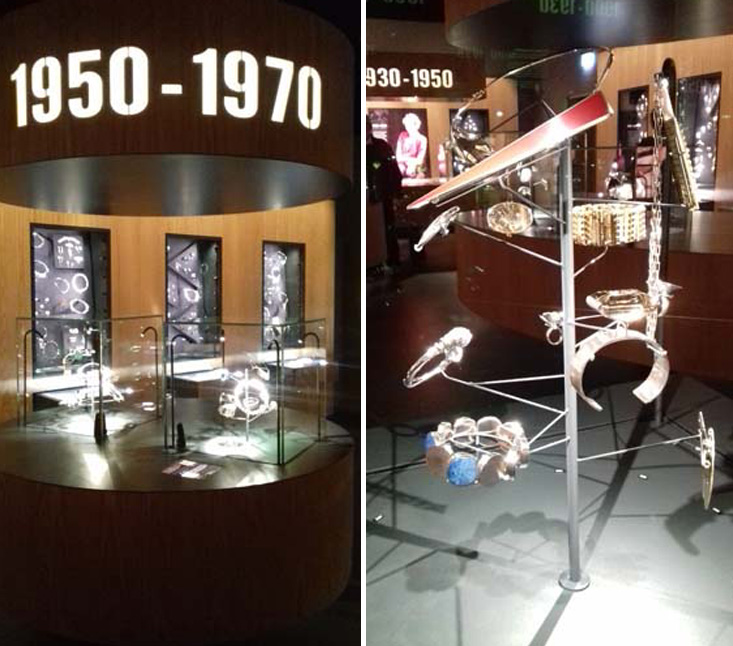
The collection holds many early examples of some of the leaders within Modernist Danish Jewellery such as Henning Koppel, who designed for Georg Jensen; Bent Gabrielsen Pedersen, who designed for Hans Hansen; Bent and Helga Exner, Nanna and Jørgen Ditzel, to name a few.
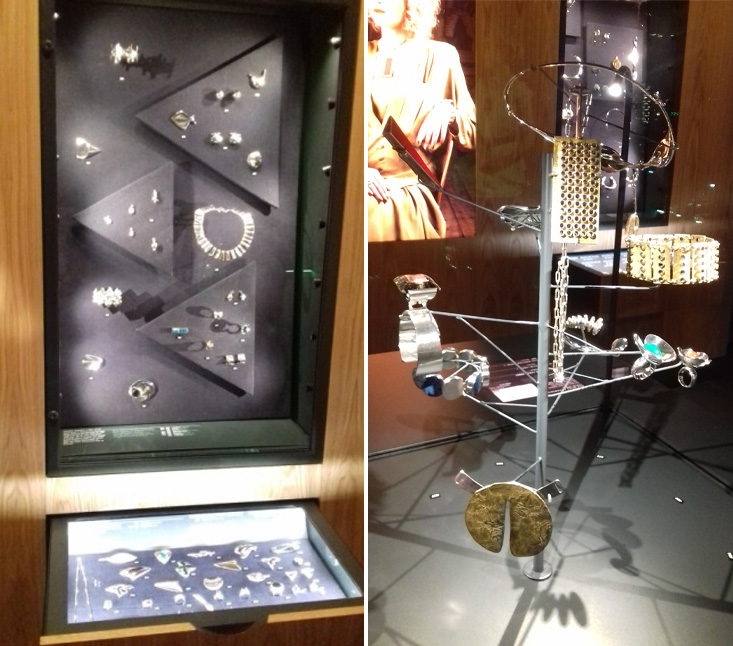
Sabrina Vinther, freelance curator and archivist of the collection, who has written extensively about Danish jewellery manufacturers, kindly gave me a tour of the exhibition and we spoke at length about the collection and designers who worked through the period I have been researching. With over 950 pieces in the wider collection (there are 510 currently on display), Vinther said she has too many favourites to name just one. However, we found that we have a mutual love for Thor Selzer’s work, a modernist silversmith who created work for Jensen alongside his own studio. His abstract creations have a wonderful sculptural quality.
Georg Jensen Collection, Copenhagen
From Aarhus, I caught the bus to Copenhagen, a three-hour journey that took me over one of the world’s longest bridges that connects the western islands to the east.
On arrival, I was greeted by Michael von Essen, the former curator of the Georg Jensen Collection. Michael not only established the former Georg Jensen Museum but was instrumental in saving the archives held by the manufacturer. Since we first started communicating, Michael has been extremely generous with his knowledge and contacts, introducing me to a number of dealers and specialists based in Denmark.
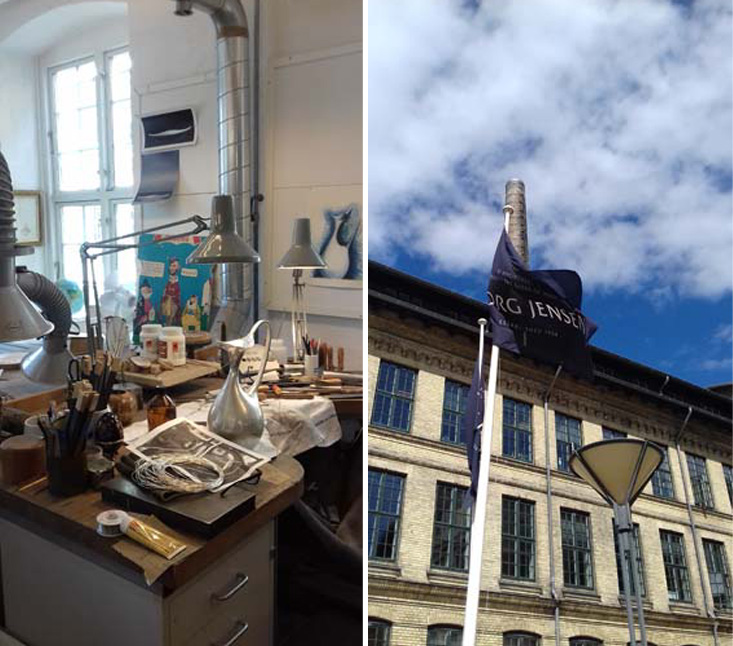
During my visit, Michael very kindly arranged for me to meet with Ida Heiberg Bøttiger the new curator of the Georg Jensen archive. The archive is now based within the old Royal Copenhagen buildings in the Frederiksberg area of Copenhagen. Georg Jensen still produces all of its silverware pieces in Denmark; although their jewellery arm is now based in Thailand.
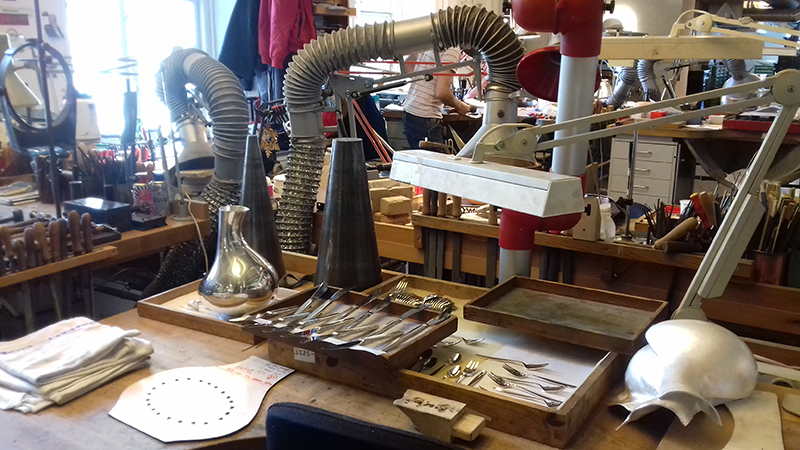
It was a privilege to be taken around the workshops, to meet and speak to some of the silversmiths. Georg Jensen workshop was founded in 1904. The archives hold examples of pieces designed by Georg Jensen and many pieces designed by other designers for the Georg Jensen Silversmithy.
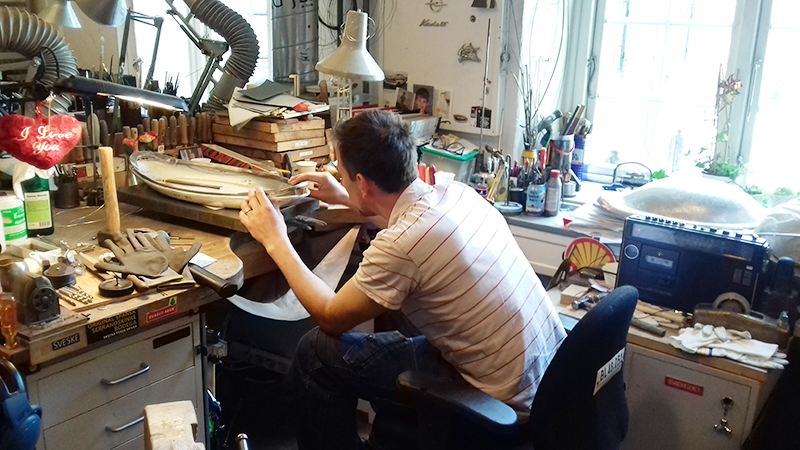
Over the last 18 months, Michael has been helping me identify the makers and design dates of a selection of Jensen jewellery that came into the National Museums Scotland collection in 2015. It was wonderful to visit and view the safes full of the original models and designs of the likes of Ditzel, Torun and Koppel.
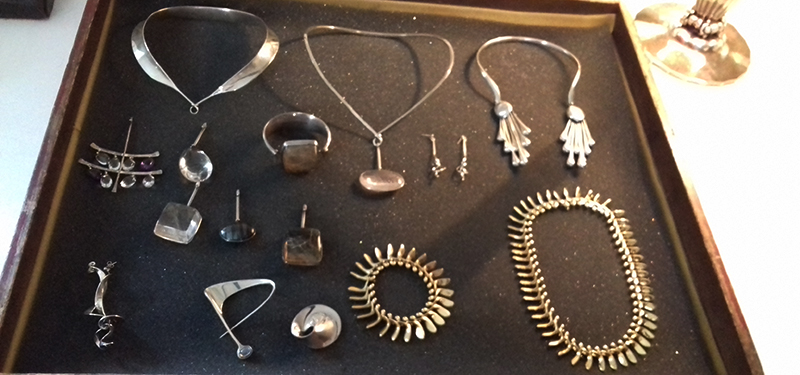
Nanna and Jørgen Ditzel collection, Copenhagen
Whilst I was in Copenhagen I was able to meet with Dennie Ditzel, daughter of the leading post war designers Nanna and Jørgen Ditzel and archivist of her mother’s designs. Her mother Nanna is internationally considered one of the 20th century’s leading furniture and jewellery designers; she produced over 150 designs for Georg Jensen, most of which were jewellery. She was associated with Jensen from 1954, creating pieces with a harmonious sculptural quality that had recurring concave or convex themes.

In her studio and home Dennie very kindly showed me some of her parents’ original sketch books where they would create designs for jewellery simultaneously, almost overlapping each other on occasions and then independently on others. These were a wonderful insight into their influences, many of which came about through their travels to different cities and studying various archaeological and ethnographic collections in museums.
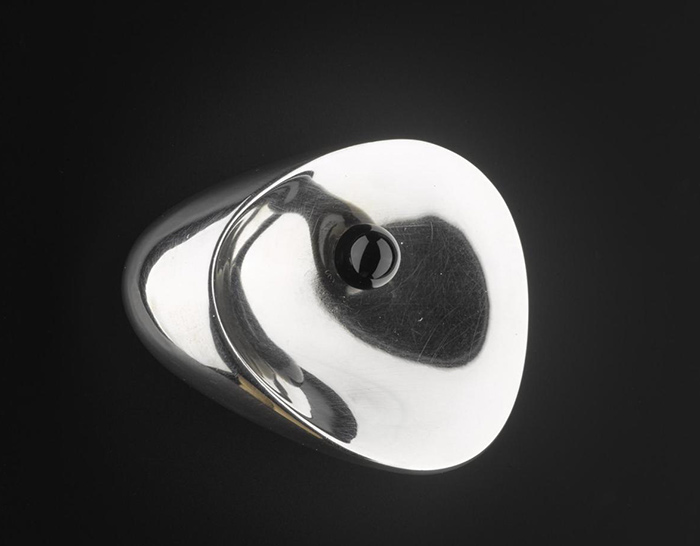
At the end of my visit Dennie very generously presented me with a transcript of all of her mother’s original jewellery designs for Georg Jensen. This is an invaluable gift for National Museums Scotland, as it allows us to accurately date all of the pieces our Museum currently holds to their conception date, and determine whether these were partnership pieces or solo designs from the Ditzels.
Design Museum Denmark, Copenhagen
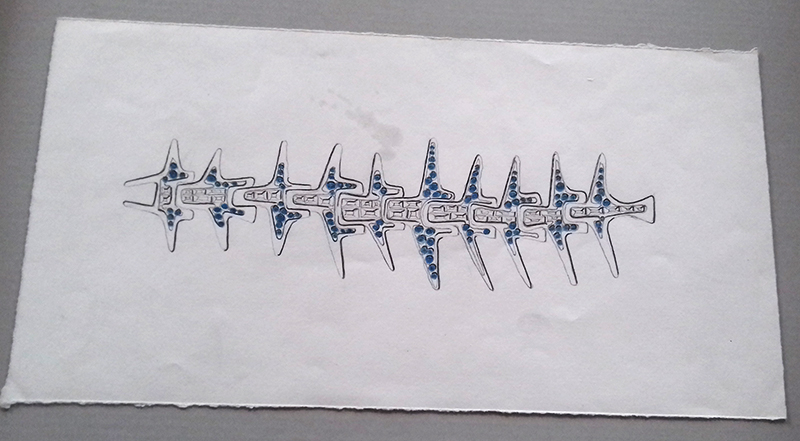
Design Museum Denmark, situated in what was once the Royal Frederik’s Hospital, was built in 1751 as Denmark’s first public hospital. It was also home to the design studio and furniture school of Kaare Klint, one of the originators of modern Danish design. Its permanent galleries celebrate Danish design and crafts from the 20th century to the present day through a vibrant series of exhibition spaces that juxtapose works of art, design, craft and fashion to tell the story of Danish design’s impact internationally.
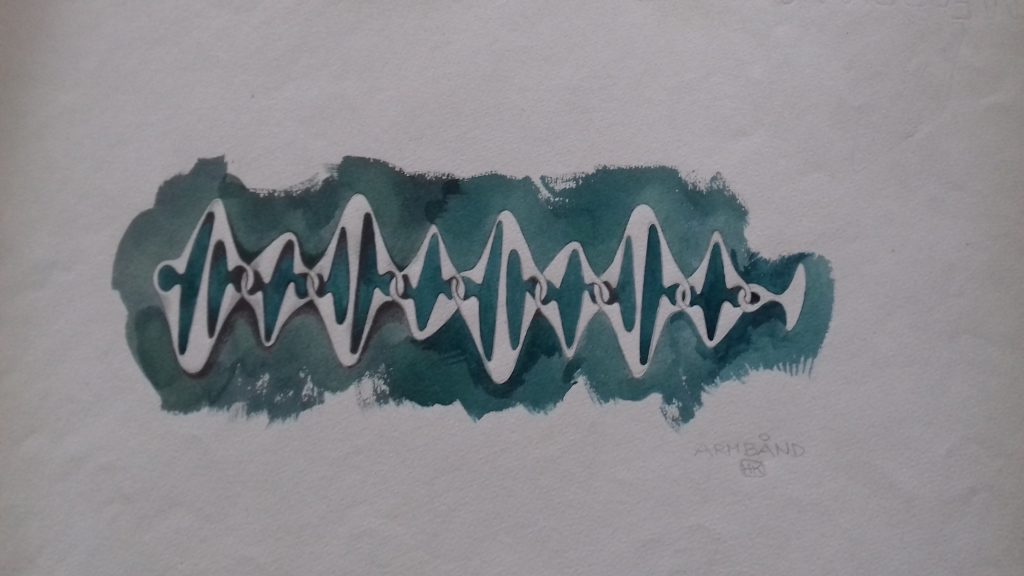
As part of my tour of the Design Museum library and archives, I was surprised to be able to view some original design sketches by Henning Koppel. Koppel is regarded as one of the most famous designers who worked for Georg Jensen Silversmithy. Koppel entered the firm shortly after the end of the Second World War. His innovative modernist designs reflect his training in sculpture at the Royal Danish Academy of Fine Arts and were seen at the time to be a highly innovative move for Jensen, who had previously created nothing remotely like this. His work was highly admired and was a great influence on a new wave of jewellery designers throughout the Nordic states and Britain, with many imitating his biomorphic and sculptural forms. To be able to handle this material and see some of his wonderful design ideas at first hand was a great honour.
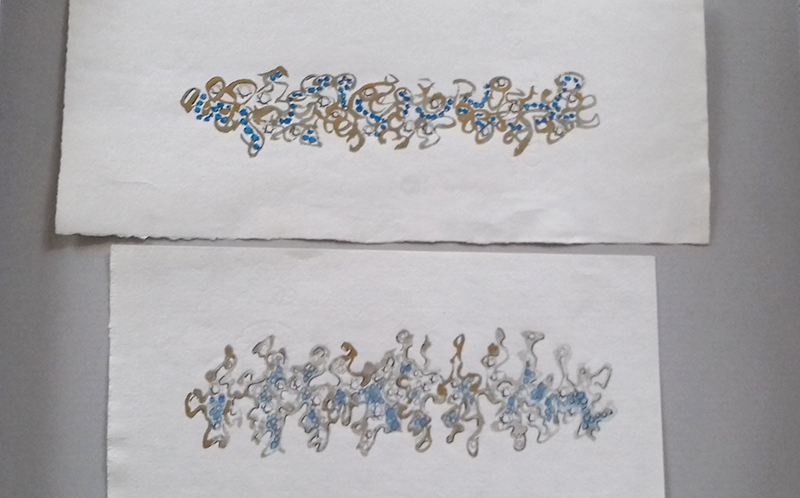
My main thanks for the success of this trip go to Michael von Essen, who introduced me to all the curators and specialists I met during my trip. He also very kindly put me in touch with his friend and jeweller Pernille Mouritzen, who runs a Bed and Breakfast from her family home in Christianshavn, one of the oldest parts of Copenhagen. It was a wonderful opportunity to stay within a historic Danish home and to find out about her work and practice creating wonderful dystopic pieces.
